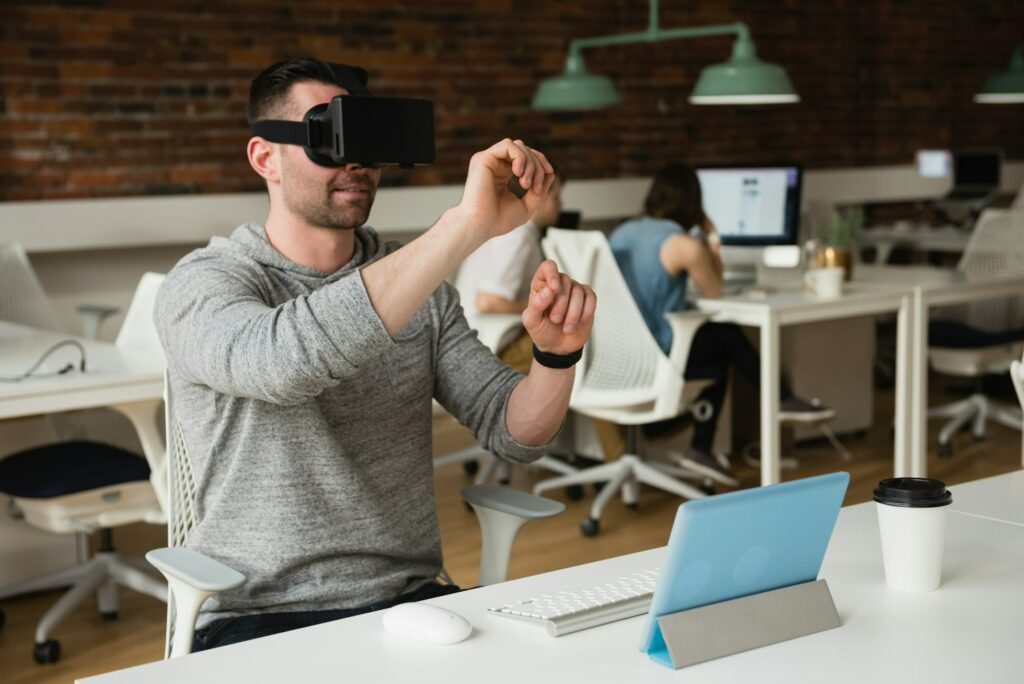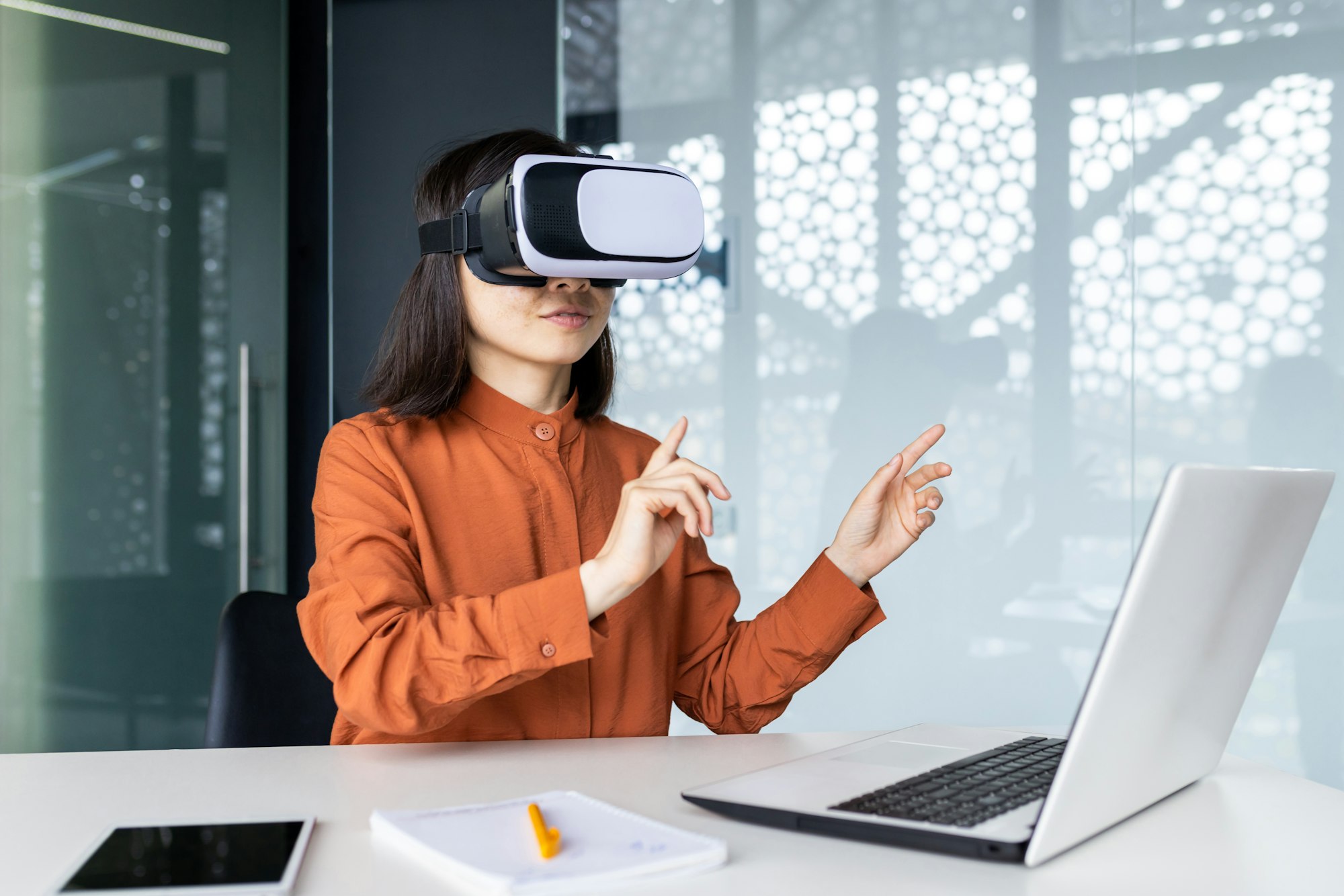Stepping into the world of Virtual Reality (VR) is like opening a door to infinite possibilities, especially for marketing strategists. As the realm of VR continues to expand, businesses are starting to recognize its vast potential. According to a report by Grandview Research, the global virtual reality market size is projected to reach $62.1 billion by 2027, growing at a compound annual growth rate (CAGR) of 21.6% from 2020 to 2027. Significant growth is anticipated as virtual reality evolves, offering a whole new arena for marketing and advertising.
But what does this mean for marketers and how can they effectively use this platform? This concept was nicely summed up in a quote by esteemed technology entrepreneur Chris Milk who stated,
“Virtual reality is the ‘ultimate empathy machine.’ These experiences are more than documentaries. They’re opportunities to walk a mile in someone else’s shoes.”

This quote highlights the immersive nature of virtual reality, indicating how it can be leveraged to create deeply engaging marketing strategies. Buckle up, as we delve into the best strategies for marketing in virtual reality environments, breaking new ground and reshaping the digital world.
Understanding the Power of Virtual Reality in Marketing
The rise of virtual reality (VR) technology has sparked an innovation revolution across numerous industries with marketing often at the helm of these revolutionary changes. With VR, marketers can directly reach out to their audiences and engage them in ways never imagined before, offering a fully immersive, interactive, and multidimensional experience. As a strategy, VR can assist in improving brand visibility, increasing sales, and enhancing customer loyalty, thereby hitting all the crucial areas of business growth.
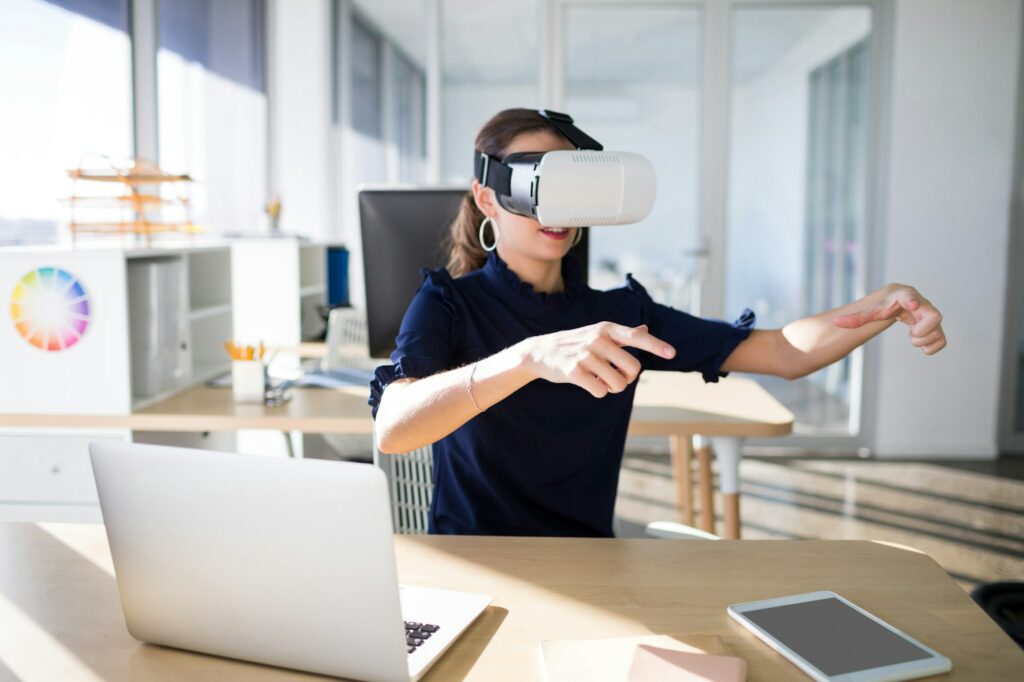
An integral reason why VR proves so effective in the marketing realm is its unique capability to tap into the emotions of consumers. Essentially, it facilitates an emotional connection between brands and their consumers. When customers are immersed in a virtual reality environment, they can experience a product or service in a more intimate and personal way, making the interaction more impactful and memorable. Brands aren’t just selling a product; they’re selling an entire experience.
Imagine, for instance, you’re looking to buy a new house. Now, instead of basing your decision merely on flat images, VR can offer you a 360-degree tour of the property, allowing you to experience the space as if you’re physically present there. This kind of personalized and tailored consumer experience can significantly affect purchasing decisions, and studies have shown that consumers are more inclined to buy from a brand using VR technology.
Embracing VR technology also provides an opportunity for brands to distinguish themselves from competitors. By creating a unique and engaging VR marketing campaign, businesses not only can attract new customers but also retain existing ones. This makes the VR campaign a valuable tool for companies aiming to establish a lasting brand identity and build a loyal customer base.

Undeniably, virtual reality is not just a trend; it’s the future of marketing strategy. As more and more businesses are incorporating VR into their marketing plans, standing still is not an option for competitive businesses in the modern world. It’s about time to think beyond traditional methods and harness the power of VR for enhanced brand communication, improved customer engagement, and unprecedented growth.
Innovative Techniques for Effective Marketing in Virtual Reality
- Virtual reality marketing can help to create an emotional connection to consumers, by offering immersive and interactive experiences that traditional marketing can’t achieve.
- By utilizing VR technology, businesses can develop persuasive storytelling, encouraging consumers to fully engage with the brand’s narrative.
- One effective use of VR in marketing is by creating virtual showrooms or product demonstrations, allowing customers to interact with products in a digitally-created environment before purchasing.
- Virtual reality could enhance the effectiveness of influencer marketing. By creating VR experiences featuring industry influencers, brands can increase the authenticity and relatability of their campaigns.
- Brands can facilitate virtual tours using VR technology. This approach can help businesses in industries like real estate, tourism, and hospitality to showcase their offerings in a new, engaging way.
- Companies can use VR to create branded Virtual Reality games or experiences. This not only provides entertainment but also promotes strong brand recognition and attachment.
- With the aid of VR, businesses can also offer ‘try before you buy’ experiences. This can help decrease return rates and increase customer satisfaction.
- Virtual reality can provide data-driven insights. By studying how consumers interact with their VR content, businesses can refine their marketing strategies for greater effectiveness.
Creating Immersive Experiences through Virtual Reality Marketing
Finding new ways to engage customers is a continual challenge for any business. Using virtual reality, marketers can bring innovation and creativity into their strategies. This technology invites consumers to engage with the product, brand, or service in a completely new and immersive way. It opens the door to a dimension of marketing that goes beyond the traditional approaches, offering a transformative customer experience and multiple potential benefits for brands.
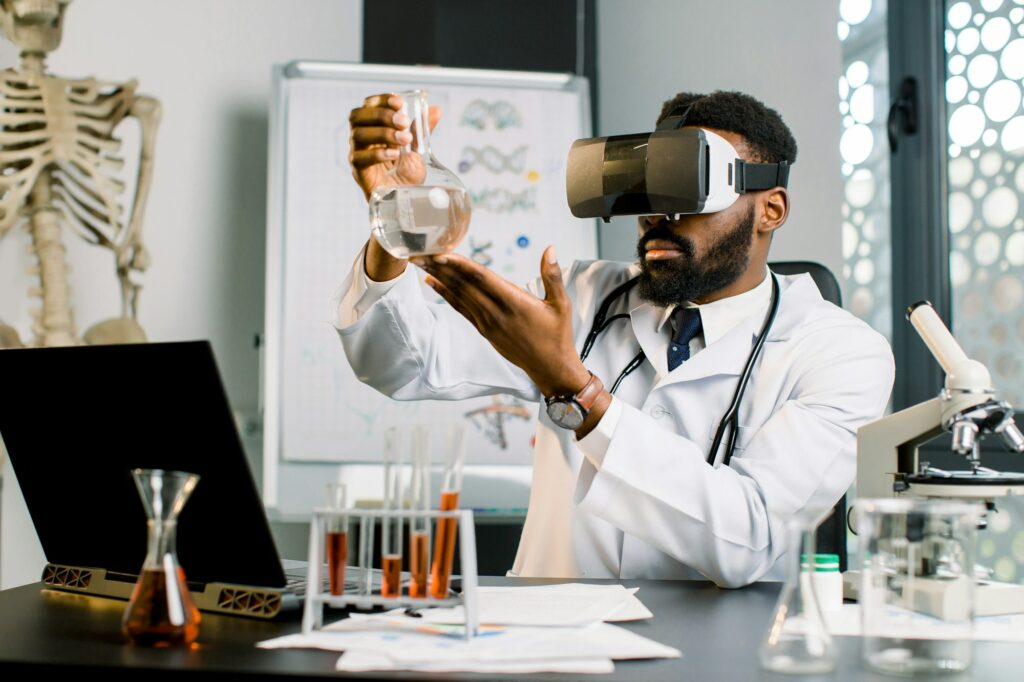
One of the ways to do this is by providing virtual tours of your company’s facilities or flagship stores using VR. This digital experience breaks down geographical barriers and gives an exclusive peek into the background processes, fostering a sense of trust and transparency in the potential customer. This use of VR can spark customer curiosity and ultimately lead to increased brand loyalty.
For instance, consider the experience of a virtual shopping environment. Customers can navigate through aisles, examine products up close, and make purchases all from the comfort of their own space. This allows businesses to showcase the breadth and depth of their offerings and engage customers like never before.
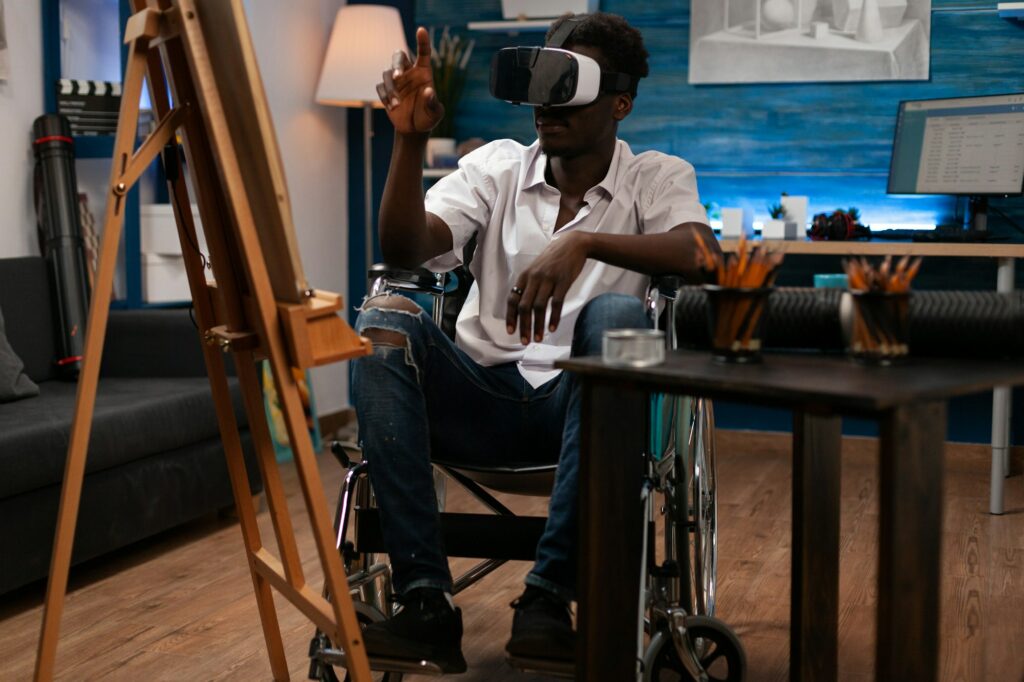
Moreover, virtual reality marketing is a powerful tool for creating memorable experiences. Traditional ads might be easily forgotten, but a consumer will likely remember the experience of interacting with a product in a VR setting. This memorable interaction can have a positive impact on brand perception and recognition, encouraging potential customers to choose your brand over competitors.
However, it’s not all about customer-facing activity. Virtual reality can also be employed for team productivity. Imagine a virtual room where teams across the globe can come together for brainstorming sessions as if they were all in the same physical location. This technology promotes collaboration and cohesiveness even with remote workforces, which can positively impact both team productivity and marketing outcomes.
Best Practices for Marketing in Virtual Reality Environments
| Best Practice | Description | Benefits |
|---|---|---|
| Incorporate VR technology in marketing campaigns | Utilize VR in your marketing strategy to engage customers on a new level. | Enhanced customer loyalty and engagement. |
| Stay updated on VR trends | Track the latest trends and developments in VR technology. | Being positioned for success in VR marketing. |
| Use VR to reach potential customers | VR can enable businesses to reach potential customers in an innovative way. | Increased chances of customer conversion and retention. |
| Address consumer needs with VR | Use VR to meet the changing needs and expectations of consumers | Improved customer satisfaction. |
| Prepare for future VR developments | Evaluate and adapt to the future of VR marketing as technology evolves. | Stay competitive in a rapidly changing field. |
FAQ
As the world of marketing continues to evolve, it’s natural to have questions. Below, we’ll answer some of the most commonly asked questions about marketing in virtual reality.
How does VR in marketing enhance consumer engagement and team productivity?
Virtual reality marketing provides an immersive experience that goes beyond traditional advertising mediums. It allows consumers to “experience” the product or service, thus building a deeper connection. For teams, VR can be used for virtual meetings, remote collaboration, and product demonstrations, facilitating productivity even when teams are geographically dispersed.
What are some ways businesses can use VR in their marketing strategy?
There are countless ways to incorporate VR into your marketing strategy. These can range from virtual tours of real estate properties or hotels, to interactive product demonstrations, virtual showrooms for cars, and even augmented reality games that tie into your brand. The only limit is your creativity.
What benefits does VR technology provide for businesses reaching out to potential customers?
VR provides a more immersive, interactive, and engaging experience for your target audience. It can help your business stand out in a crowded market, create more memorable advertising experiences, and drive higher levels of brand engagement.
Conclusion
As we draw to a close, it’s crucial to remember that success in marketing within virtual reality environments isn’t guaranteed merely by the use of cutting-edge technology. Instead, it exponentially blossoms when technology is leveraged correctly to provide an extraordinary user experience.
When you manage to make the culture, brand, and narrative of your product live and breathe in a virtual space, you’re capitalizing on the transformative power of VR. Remember, it’s all about creating immersive experiences and visual storytelling.
Furthermore, integrating VR with other emerging technologies such as Artificial Intelligence (AI), the Internet of Things (IoT), and Blockchain could unlock even more exciting possibilities for marketers. For instance, AI could provide personalized recommendations based on data analysis, IoT could offer real-time product updates and support, and Blockchain could validate and secure transactions.
Lastly, be mindful of the challenges that this field faces, such as high costs and technical limitations. Over time, as the VR industry develops, these obstacles will likely decrease. The critical thing is to plan meticulously and not shy away from experimenting with new ideas.
VR is a dazzling new frontier for marketing, and it offers an opportunity for brands to connect more deeply with their customers. Embrace it with an adventurous spirit and a strategic mindset, and the reward can have a game-changing impact on your marketing efforts.
